In general, when we travel around cities in European countries, there is a similarity in the history or architecture of several cities in Europe. For example, every city has a story about the ruling king and how that king decided to build the city. But if you have ever visited Europe, I recommend visiting Berlin, the capital of Germany.
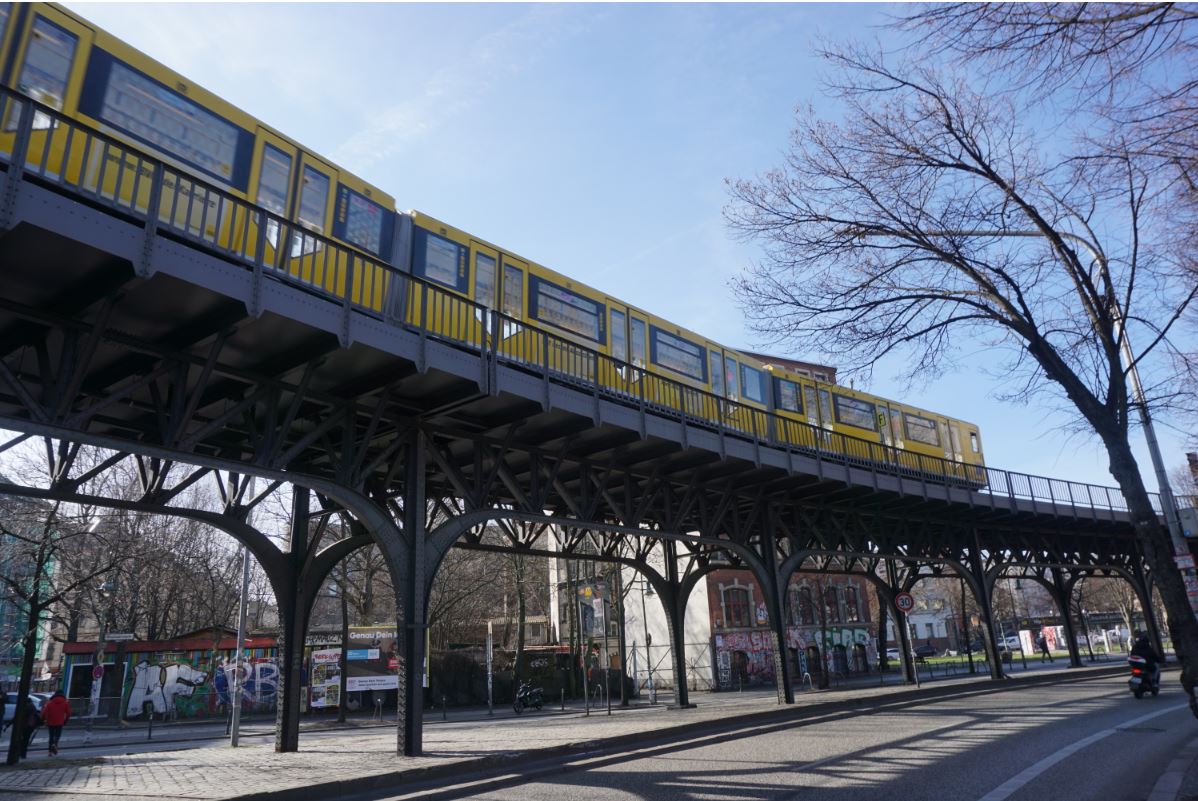 An old train still running through the city of Berlin
An old train still running through the city of Berlin
Berlin has a very fresh and recent history, which occurred about 30 years ago. At that time, Berlin was divided into two parts: West Berlin and East Berlin. The two cities were separated by a wall and strict security. Moreover, the ideologies of the two cities were very different. Finally, in 1989, as communism weakened in East Berlin and the social divide between the two cities grew, the Berlin Wall came down. The fall of the Berlin Wall marked the beginning of the end of the Cold War between the United States and the Soviet Union and the reunification of Germany. Therefore, the reunification of Berlin and Germany became an event that the world remembers.
There are many tourist spots to visit, but generally, the tourist attractions in Berlin are divided into two themes: World War and the Cold War. I have compiled a list of must-visit places when you are in Berlin, here is the list:
1. Berlin Wall: East Side Gallery
The first place to visit is, of course, the remnants of the Berlin Wall in the East Side Gallery area. Here, you can see how long and high the Berlin Wall was and the great efforts made by East Germany to restrict its residents from going to West Germany.
The wall, once menacing, is now filled with various murals and has become an artwork created by various artists.
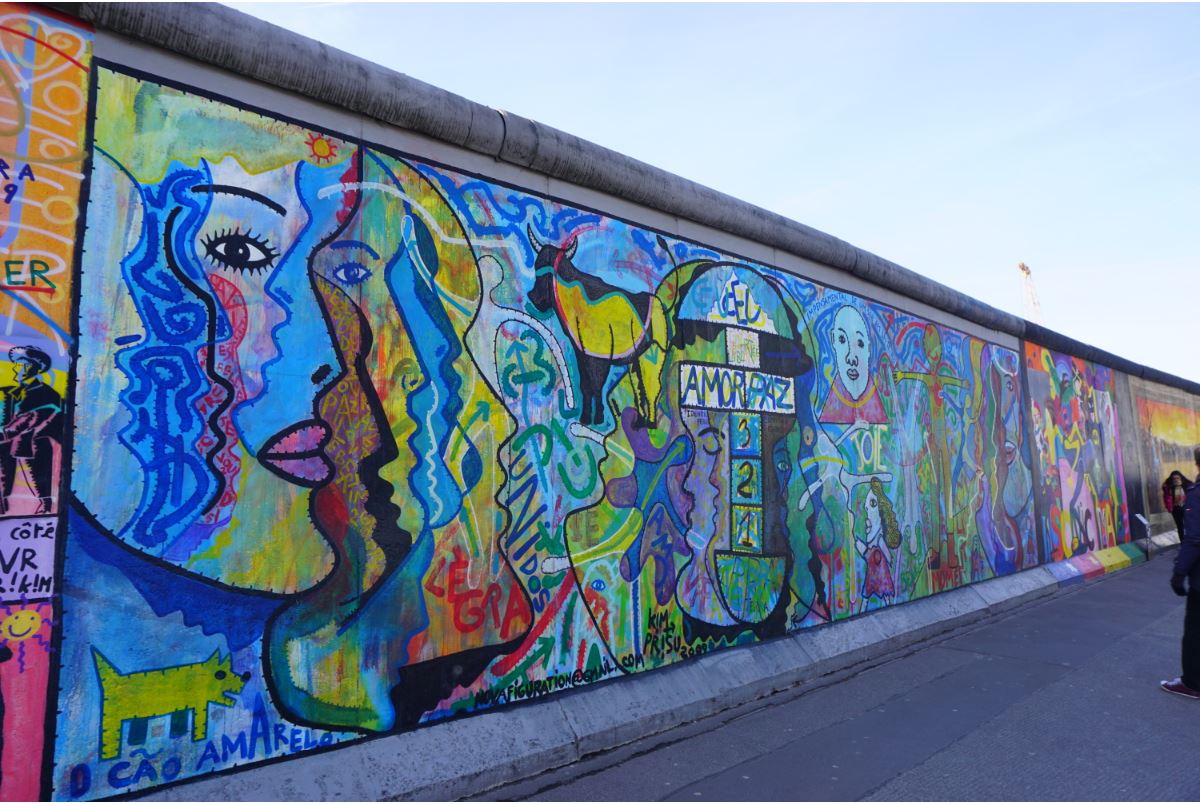 Remnants of the Berlin Wall, now an art installation
Remnants of the Berlin Wall, now an art installation
 The length of the remnants of the Berlin Wall
The length of the remnants of the Berlin Wall
2. Reichstag & Brandenburg Gate
Another iconic place in Berlin that you can visit is the Reichstag and Brandenburg Gate.
The Reichstag is the “parliament building” of Germany, built in 1894. This building has witnessed many historical changes in Germany’s form of government, from the German Empire to the Weimar Republic, Nazi Germany, West and East Germany, and the current state of Germany.
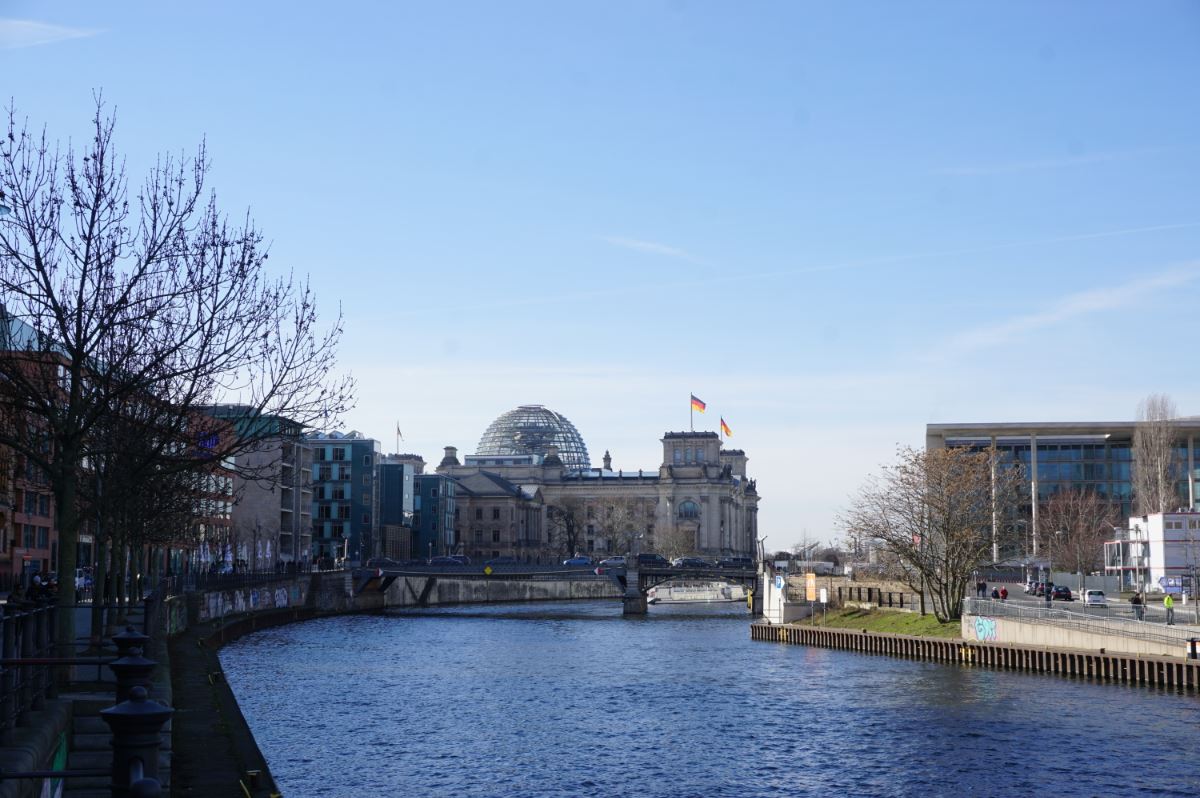 Reichstag building from a distance
Reichstag building from a distance
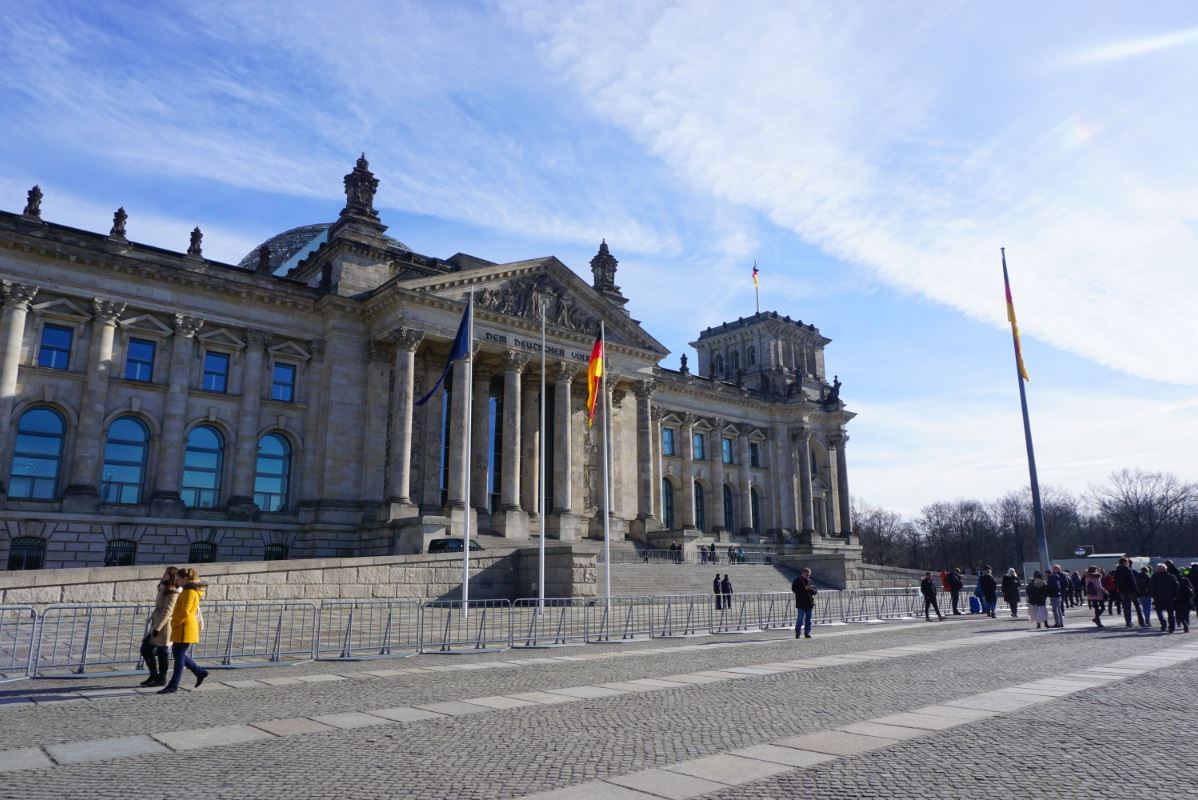 Front view of the Reichstag building
Front view of the Reichstag building
Near the Reichstag, there is another iconic spot, the Brandenburg Gate. This spot is the former city gate of Berlin and is often used for celebrating various events in Berlin.
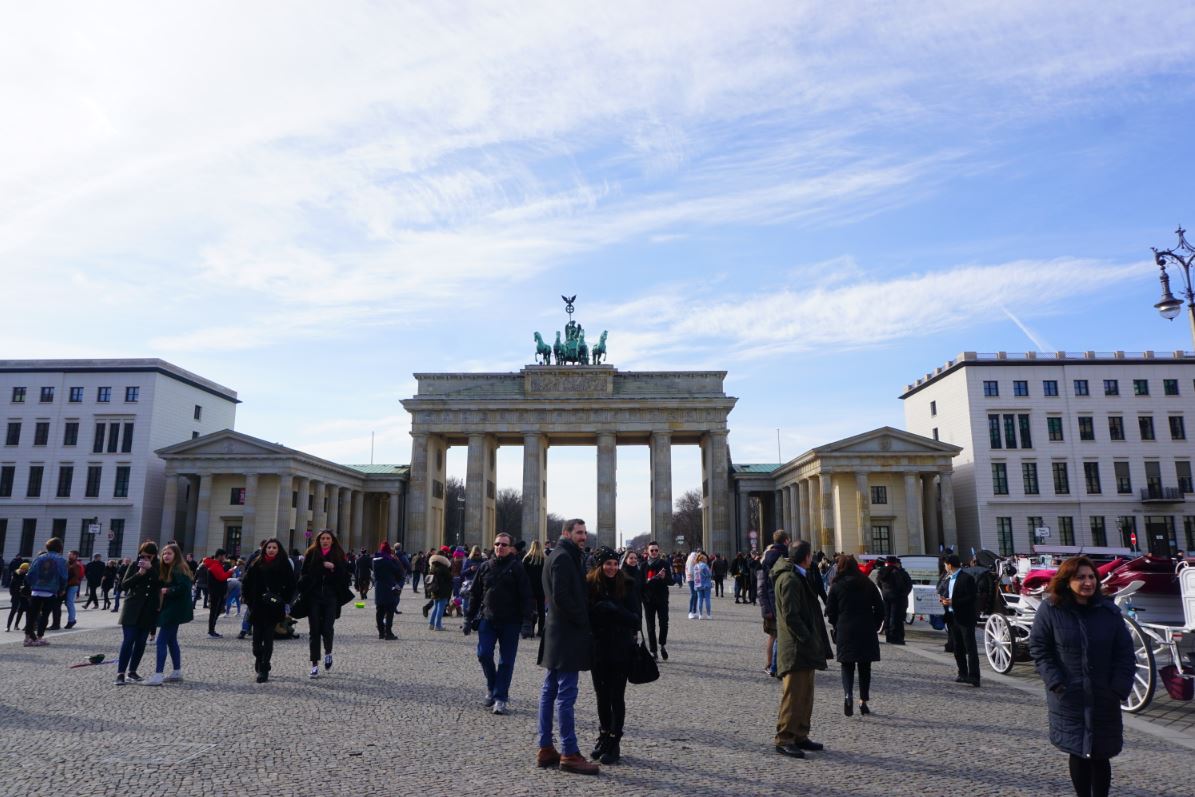 Brandenburg Gate
Brandenburg Gate
Next to the Brandenburg Gate, you can see thousands of concrete blocks standing in parallel, which is the Holocaust Memorial. This site was built to commemorate the Jewish victims who were killed during the Nazi era in Germany.
A tip for you: never climb these concrete blocks like Syahrini; you might get reprimanded by the guards there.
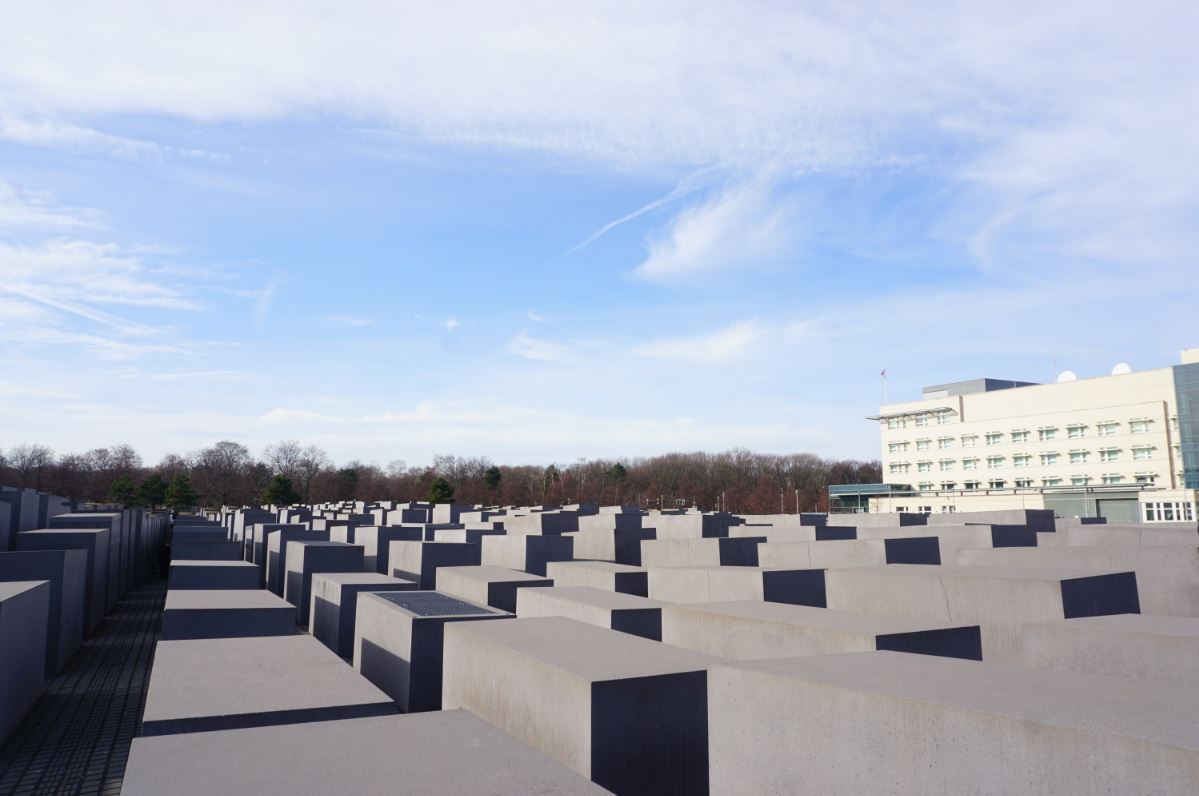 Holocaust Memorial
Holocaust Memorial
3. Unter den Linden
The Brandenburg Gate connects one of Berlin’s main and historic streets, Unter den Linden, which means “Under the Linden Trees” in English. This boulevard connects the Brandenburg Gate and Museum Island, our next destination.
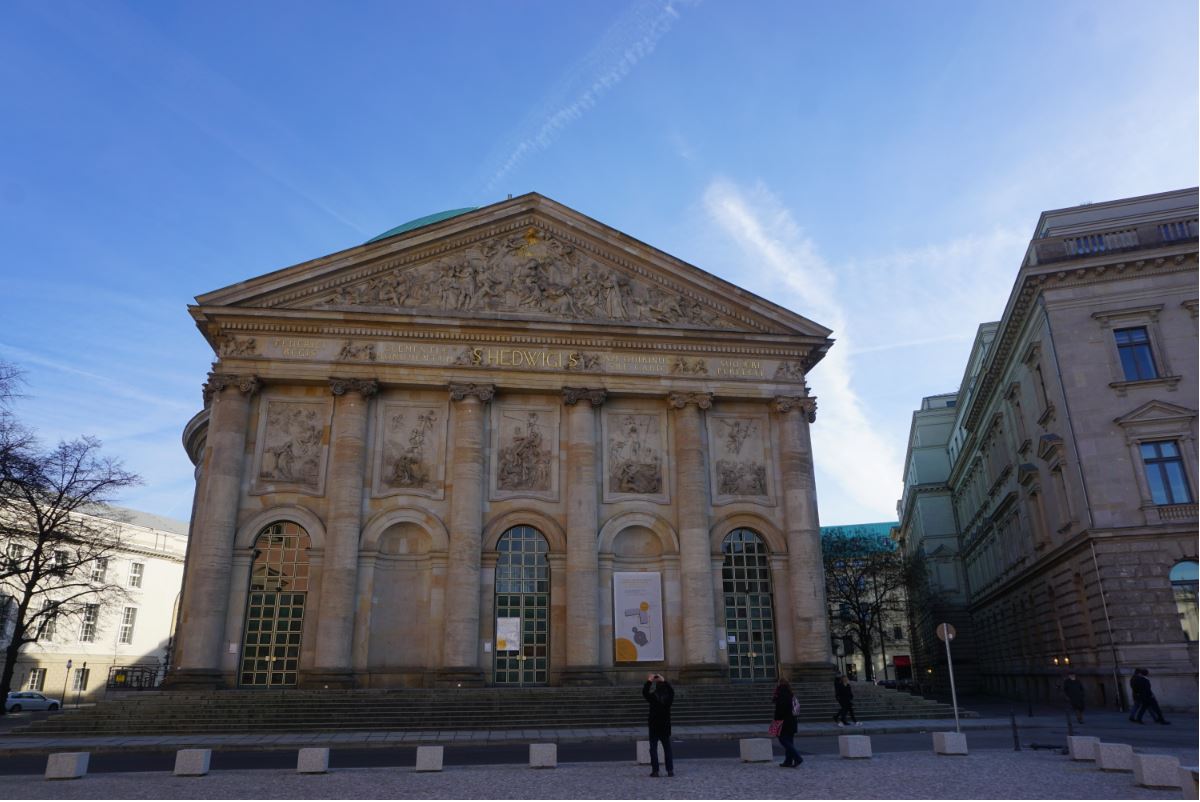 St. Hedwig’s Cathedral in Bebelplatz
St. Hedwig’s Cathedral in Bebelplatz
On Unter den Linden, you can see several landmarks such as the Berlin State Opera, Neue Wache (Guard House Memorial), Humboldt University, and Bebelplatz.
In Bebelplatz, a historical moment occurred in 1933 when Nazi Germany burned 20,000 books by famous scientists and writers, signaling a setback for science in Germany at the time.
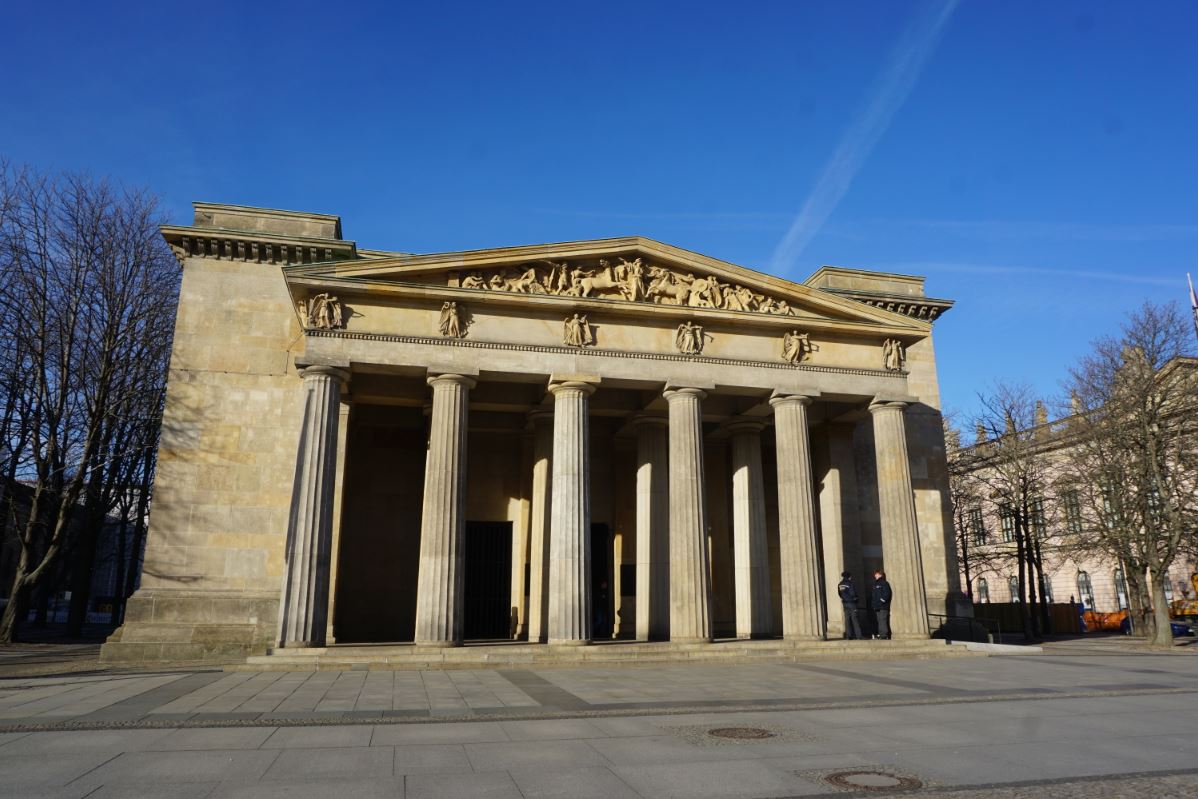 Neue Wache, one of the buildings on Unter den Linden
Neue Wache, one of the buildings on Unter den Linden
There is also a uniqueness in Berlin’s traffic signs, one of which is the pedestrian crossing sign, which does not have the typical pedestrian symbol. The symbol looks like a person wearing a hat and is commonly known as the Ampelmann.
This symbol is a remnant of traffic signs from East Germany and is still in use today. Because of its uniqueness and history, Ampelmann has become an interesting souvenir that tourists can take home when visiting Berlin.
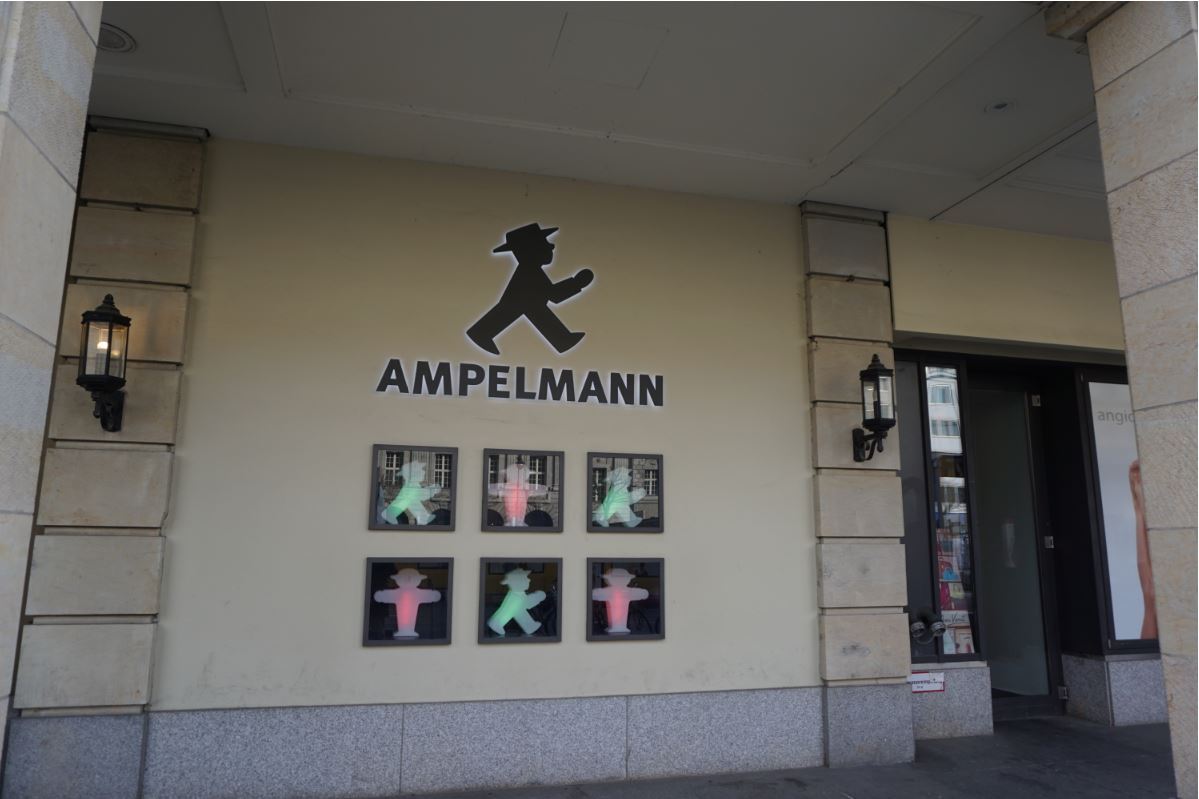 Ampelmann
Ampelmann
4. Museum Island
At the end of Unter den Linden, you will arrive at Museum Island, located on a small island in the middle of the River Spree. The island is named Museum Island because it houses several world-class museums, and if you are a history enthusiast, you will definitely enjoy visiting this area.
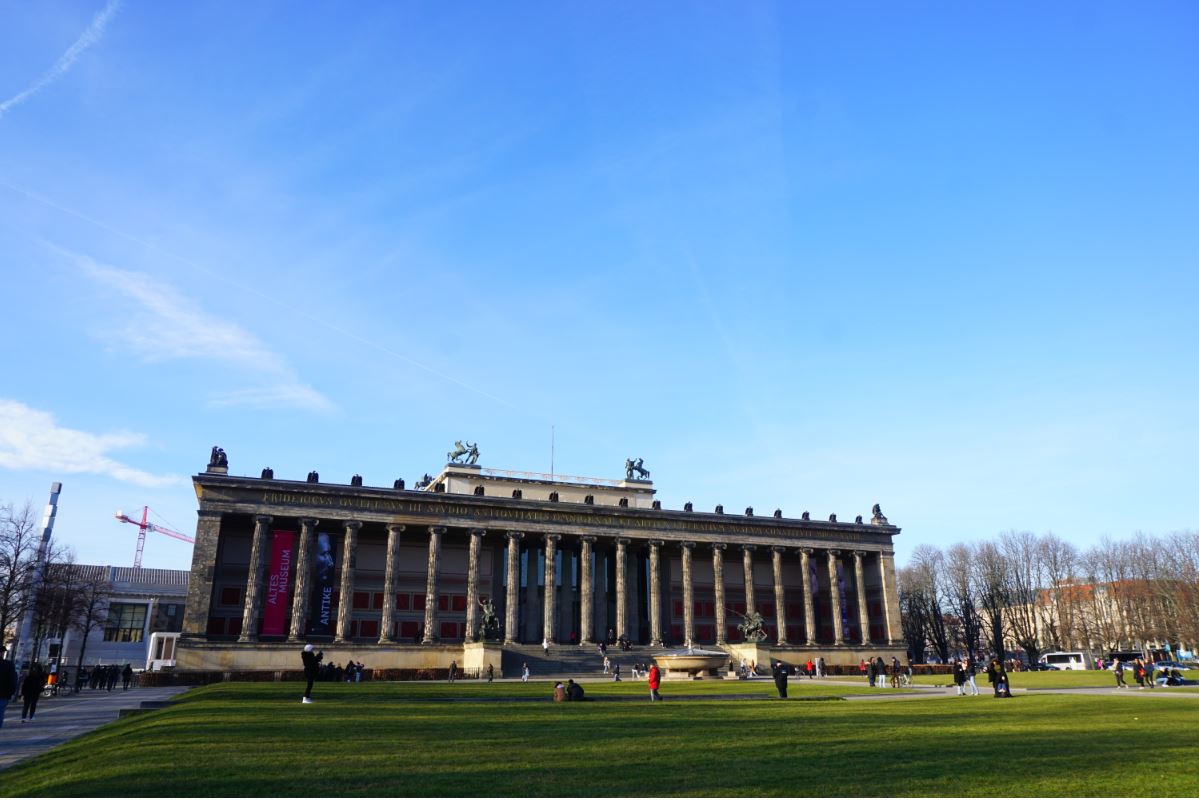 Altes Museum (Old Museum) housing antiquities collection
Altes Museum (Old Museum) housing antiquities collection
There are several museums in this area, including:
- Altes Museum (Old Museum) housing an antiquities collection
- Neues Museum (New Museum) with collections from ancient Egypt and prehistory
- Alte Nationalgalerie (Old National Gallery) featuring art from various eras
- Bode Museum, offering sculpture, Byzantine art, coins, and medals
- Pergamon Museum, presenting collections from the Middle East and Islamic art
- Humboldt Forum, a museum that opened in 2020, housing Asian art and the Ethnological Museum
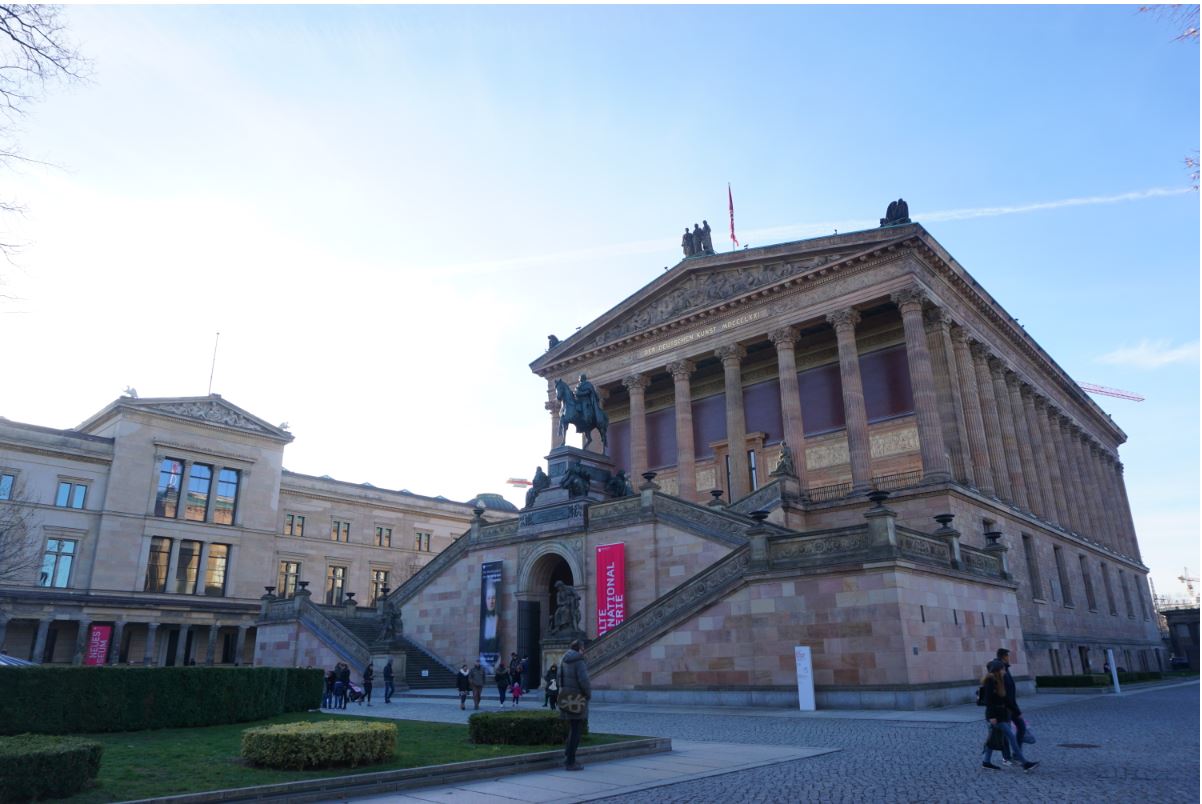 Alte Nationalgalerie, or old national gallery, featuring various artworks from different eras
Alte Nationalgalerie, or old national gallery, featuring various artworks from different eras
In 1999, this area received UNESCO World Heritage Site status.
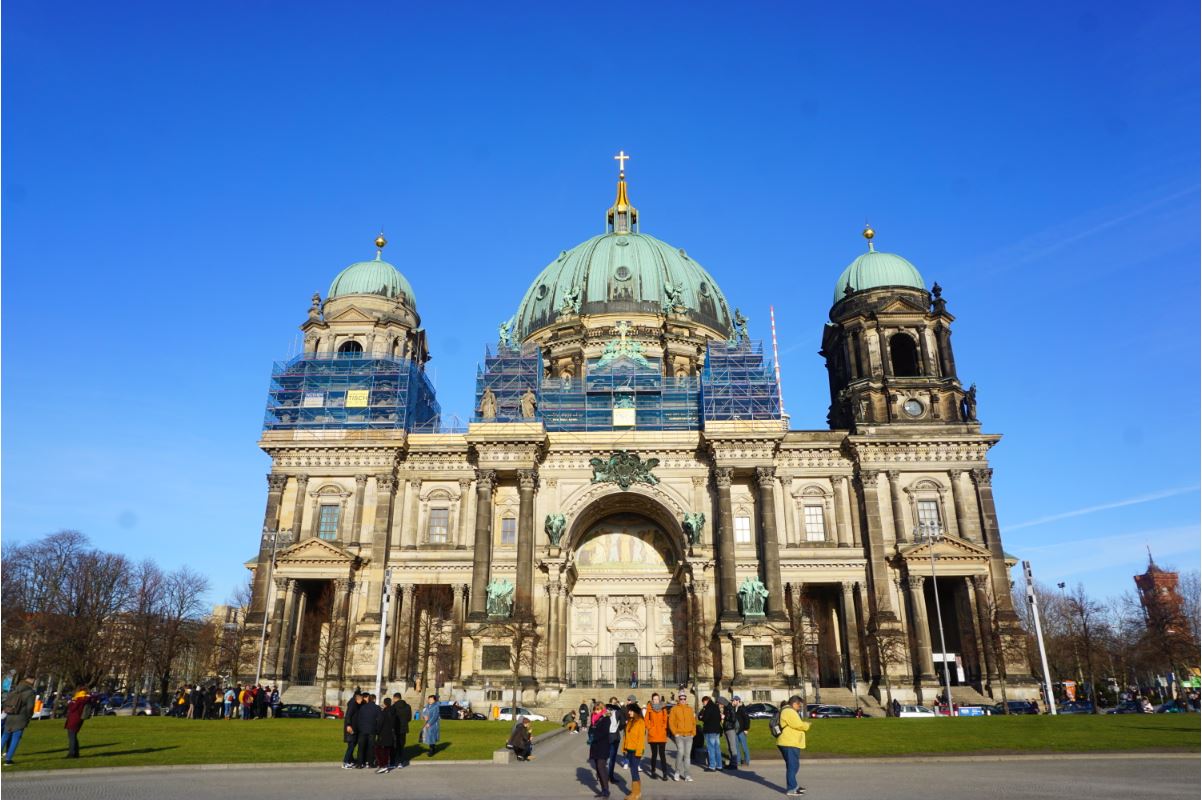 Berlin Cathedral
Berlin Cathedral
5. Alexanderplatz
About 10 minutes from Museum Island, you can visit Alexanderplatz. Alexanderplatz is the largest public square in Germany, and one of its famous landmarks is the Fernsehturm or TV Tower, which stands at 386 meters high and was built by the East German government as a symbol of communist power at the time.
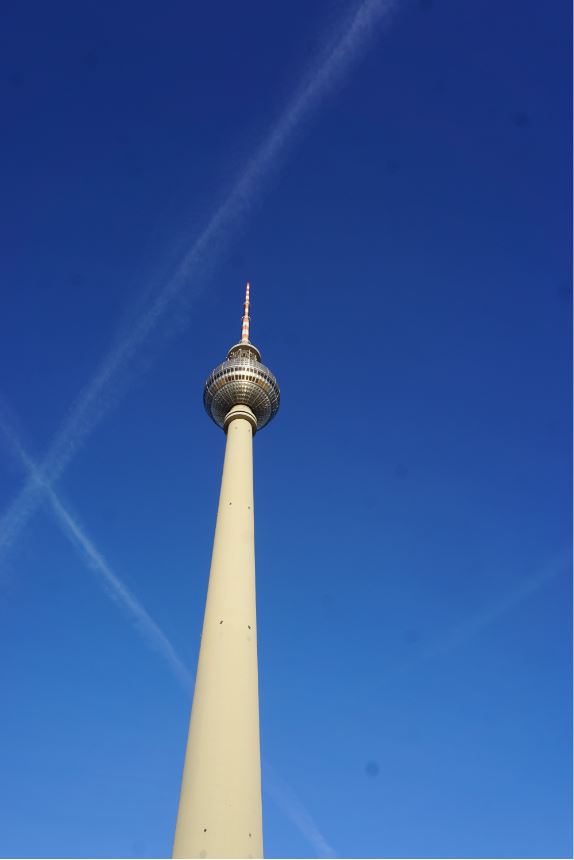 TV Tower or Fernsehturm
TV Tower or Fernsehturm
In addition to the TV Tower, Alexanderplatz also offers several shopping centers to explore.
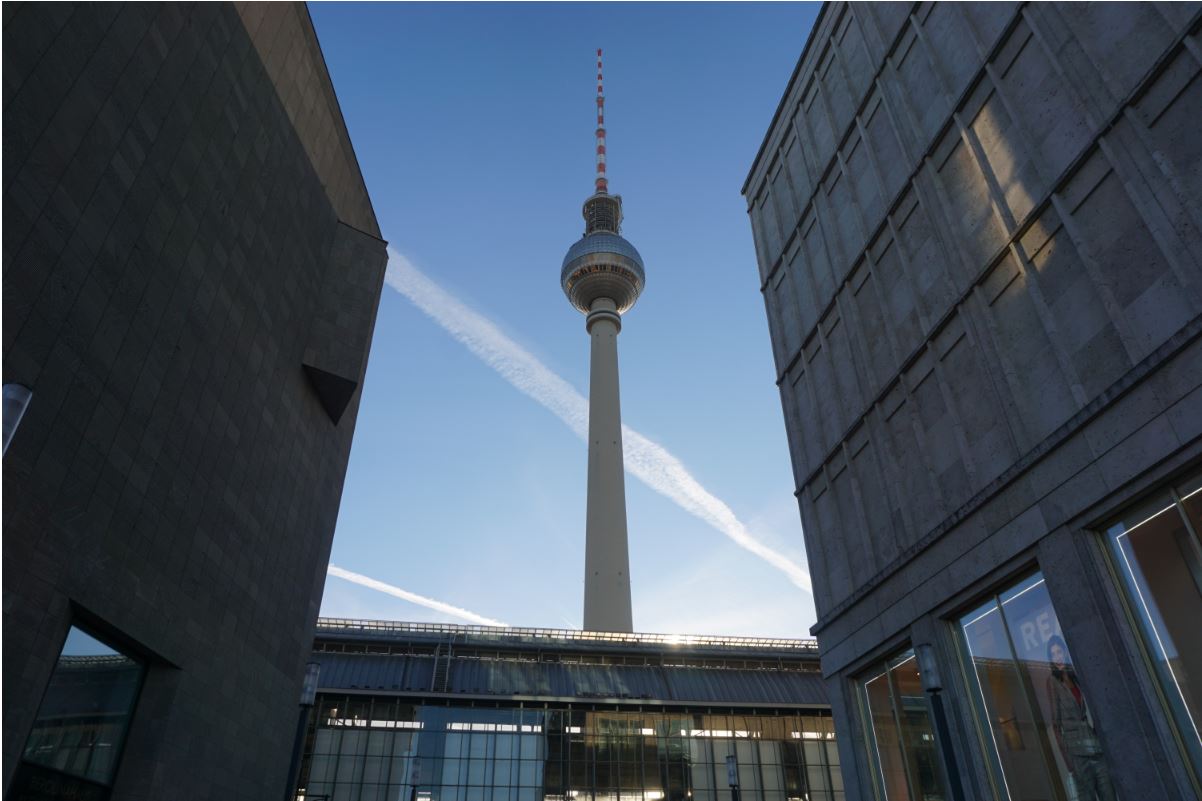 TV Tower from a different angle
TV Tower from a different angle
6. Checkpoint Charlie
Finally, the last of the 6 must-visit places in Berlin is Checkpoint Charlie. During the Cold War era, Checkpoint Charlie was a crossing point between West and East Berlin.
This location became famous because during the Cold War, it may have been the closest point between the United States and the Soviet Union. Any minor mistake here could have triggered a nuclear war between the two countries.
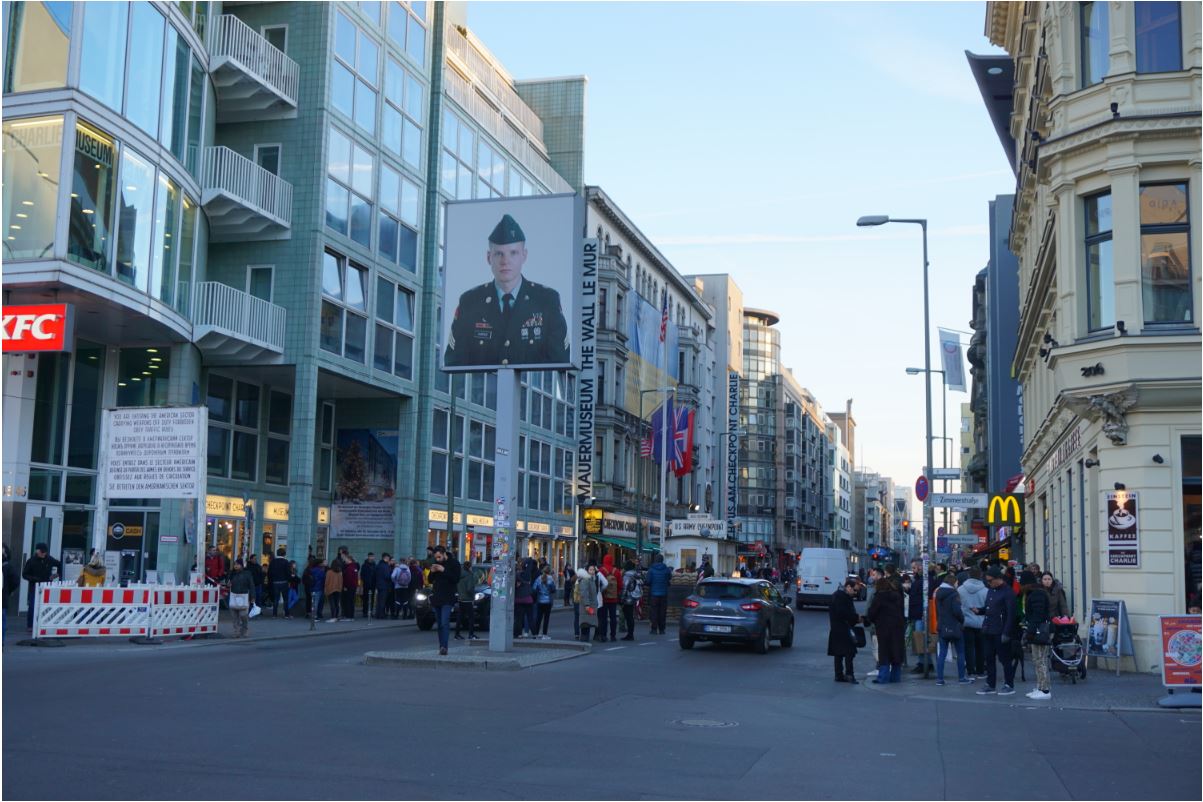 Replica of Checkpoint Charlie with guard booth and actors portraying soldiers
Replica of Checkpoint Charlie with guard booth and actors portraying soldiers
When you arrive here, you can see a replica of the guard booth and actors pretending to be soldiers in full period uniforms.
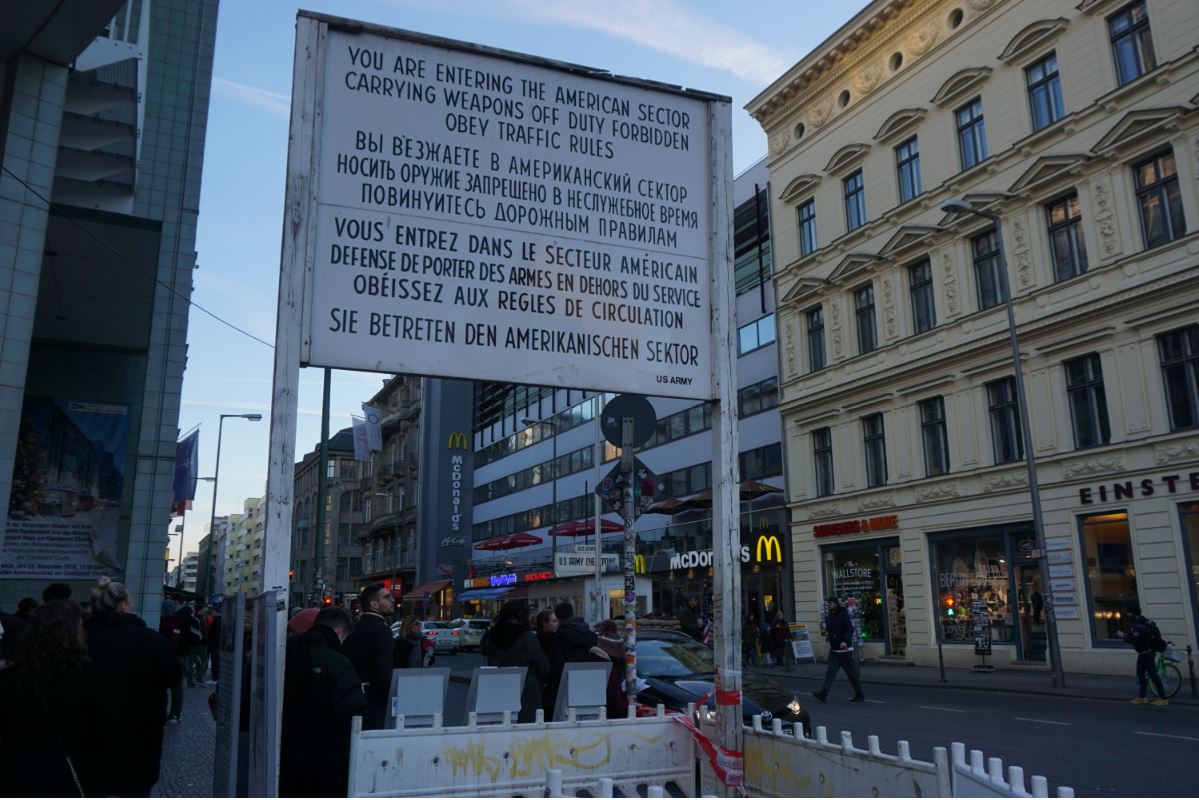 Replica of the famous announcement board at Checkpoint Charlie
Replica of the famous announcement board at Checkpoint Charlie
Bonus: Tempelhof Airport
I’d like to add one bonus place for you to visit when you’re in Berlin. That place is Tempelhof Airport, which has been transformed into a public park since 2010.
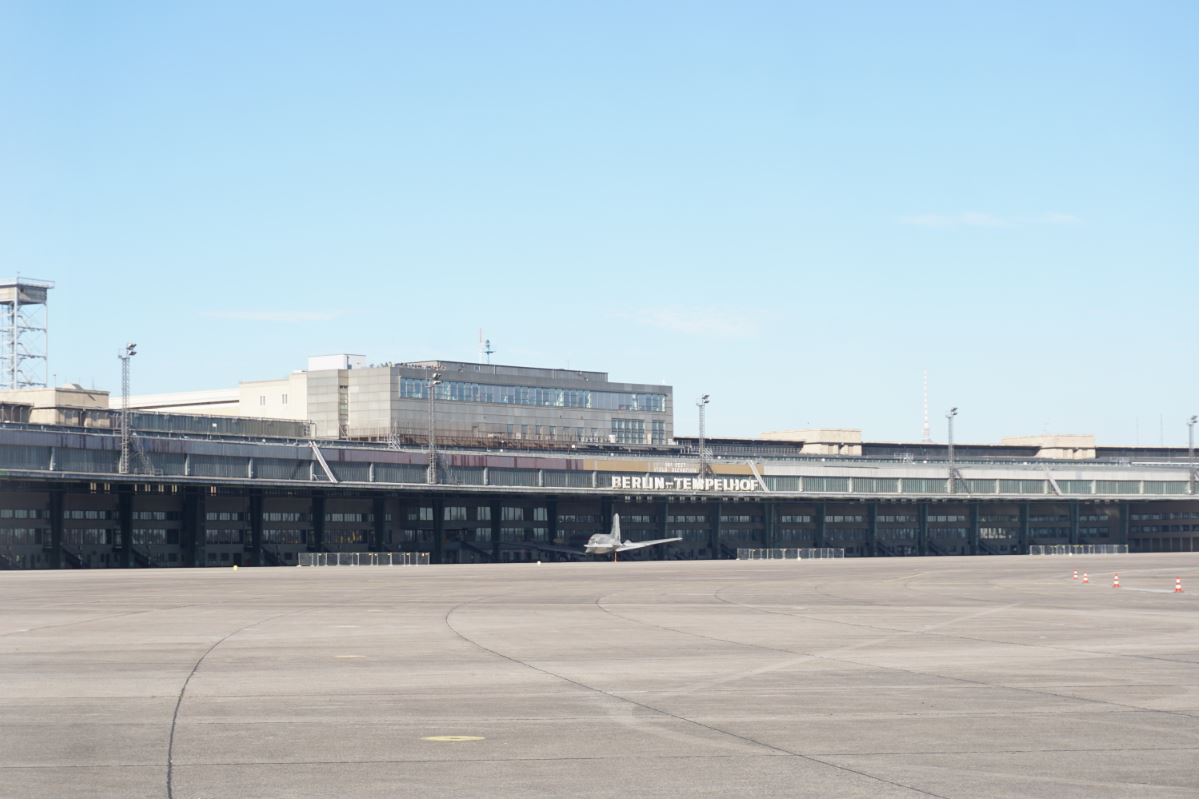 The main building of this airport still stands tall, but there is a fence that prevents the public from approaching the airport hangars
The main building of this airport still stands tall, but there is a fence that prevents the public from approaching the airport hangars
While you can’t enter the airport’s main building, visitors can enjoy the runway area to the fullest, as this part is open to the public.
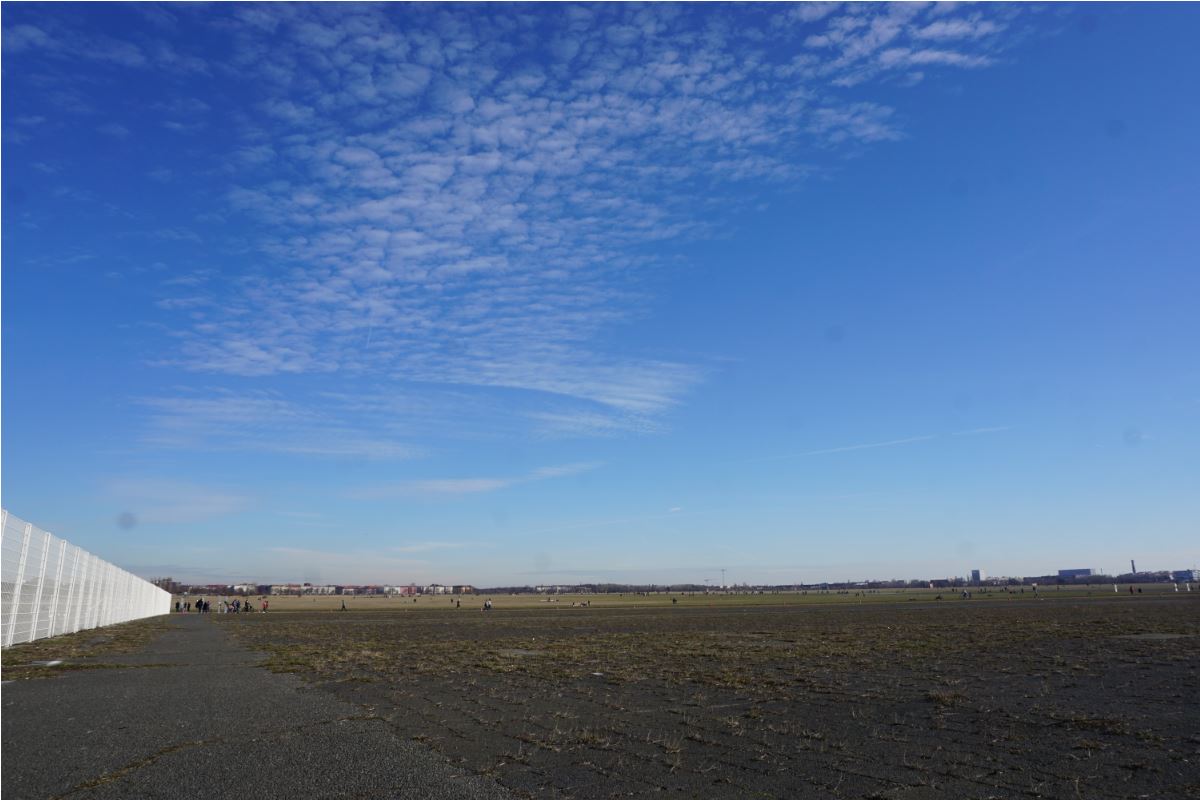 However, the runway is open to the public, and you can run freely on the airport’s runway
However, the runway is open to the public, and you can run freely on the airport’s runway
comments powered by Disqus